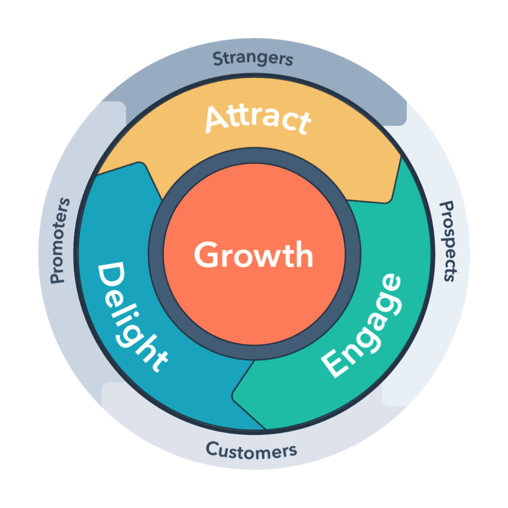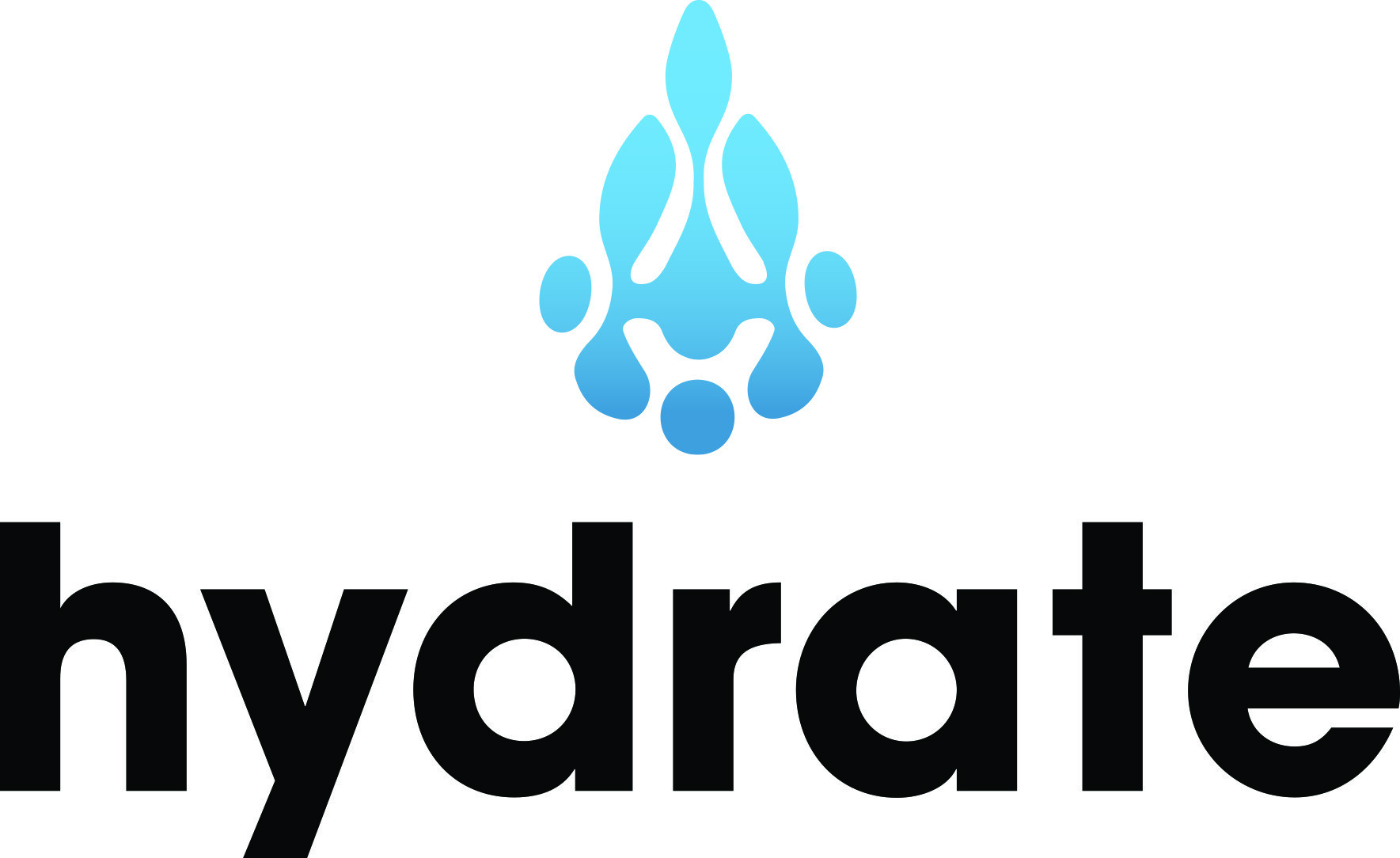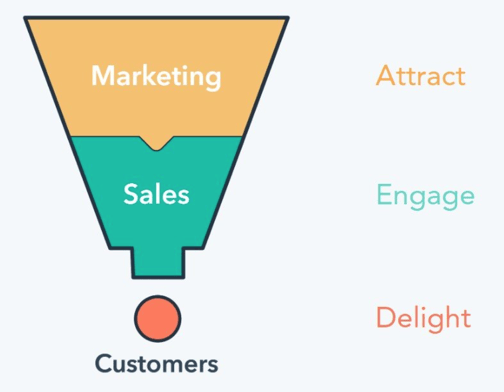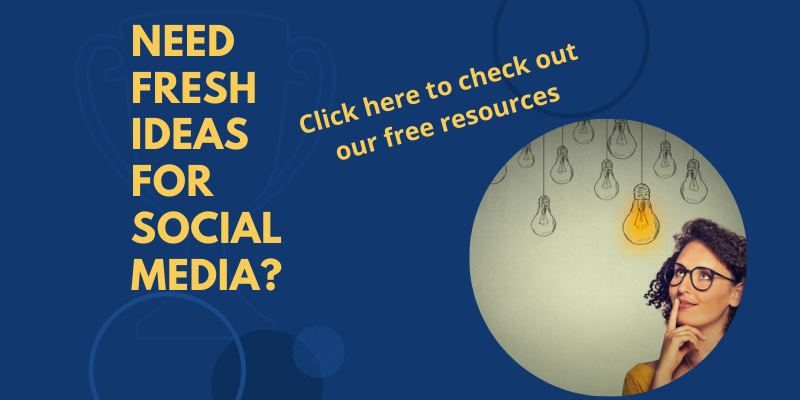Despite the rumors you may have heard, email marketing isn't dead. How do we know? Because it continues to prove its ability to deliver measurable results. According to Forbes, email marketing delivers the highest ROI of all marketing channels – $42 back for every dollar you spend.
If for some reason good ROI isn’t enough to convince you that you should focus on your email marketing, studies also show that this channel is by far the preferred way to receive updates from brands. Plus, people across generations with varied psychographics use email consistently. HubSpot reports that 99% of consumers check their email every day.
Even better, the contacts on your email marketing lists are already warmed up. Because they’ve voluntarily opted-in to receive your messages, you can be sure that, at least to some extent, they are interested in what you have to say. This makes encouraging a purchase through an email campaign feel much more natural to a recipient than it would through a different channel. About 60% of consumers subscribe to a brand’s list to get promotional messages and deals while only 20% follow brands on social media for the same reasons, according to MarketingSherpa.
All of this makes email an invaluable tool to modern-day, inbound marketers. The main goal of all our marketing efforts is to lead people through the buyer’s journey and down the funnel until they come out the other end as customers. Of those who responded to a SalesCycle survey, 59% of respondents said that marketing emails influence their purchase decisions.
So, how do you get someone from the starting point of signing up for your marketing emails to that purchasing finish line? It often takes some serious nurturing, and this channel is perfect for that. The process of using the marketing funnel method to bring in new business can be broken down into three simple steps…
- Attract strangers
- Engage prospects
- Delight customers
If somebody has signed up for your emails, that means you have already done a good job of attracting them. To keep these new contacts interested, you should send them content that presents possible solutions to their problems. (Hint: the best solutions are your products or services.) Emails that link to educational blogs or downloadable ebooks are great for showing value to leads who are at the beginning of the buyer’s journey. This type of content proves that you can be helpful, which is a much more effective form of marketing than dated, self-serving sales tactics. Another effective option is to invite leads to a webinar via email so they can learn more about your solutions.
Once you feel like you have a lead’s full attention, it’s time to keep them engaged. Contacts at this stage of the buyer’s journey have been researching possible solutions to their problems and are evaluating these options. Present them with clear and compelling information about why your offerings are the best fit for them. It’s at this stage that you should be actively working to build the relationship and establish trust. Email marketing is an ideal channel for this since contacts will be expecting, and therefore open to, communication from you.
Those toward the bottom of the engage stage of the funnel are preparing to make their purchase decision and every piece of content they receive from you at this point has the potential to be that final nudge in your direction. Because of this, it’s important to have compelling calls to action in every email. Appropriate content for these emails includes products/services guides and case studies or testimonials from your happy, existing customers. You could even offer free trials, samples, live demos, or consultations. Hot leads are past the point of needing general education. They require specific, personalized, and unbiased information to become customers. Deliver this to them via your marketing emails.
Once a contact has become a customer, if you delight them with an outstanding experience, they’re likely to promote you in return. That’s why many inbound marketers have stopped referring to the methodology as a funnel and started to call it a flywheel. The relationship you have with your contacts can and should be cyclical.
 This means you should not stop emailing contacts who have already become customers. By continuing to delight them with your content, you can turn them into repeat customers and receive referrals from them. Overall, the most important thing to remember when it comes to email content is to be sure it provides real value to readers. Once you succeed at this, you can be confident that buyers will appreciate, and even be influenced by, your marketing emails regardless of which stage of the journey they are in. A good marketing email can be just what someone needs to pique their interest and send them back around the flywheel, and that’s exactly why you should be sending out well-planned messages on a regular basis.
This means you should not stop emailing contacts who have already become customers. By continuing to delight them with your content, you can turn them into repeat customers and receive referrals from them. Overall, the most important thing to remember when it comes to email content is to be sure it provides real value to readers. Once you succeed at this, you can be confident that buyers will appreciate, and even be influenced by, your marketing emails regardless of which stage of the journey they are in. A good marketing email can be just what someone needs to pique their interest and send them back around the flywheel, and that’s exactly why you should be sending out well-planned messages on a regular basis.









